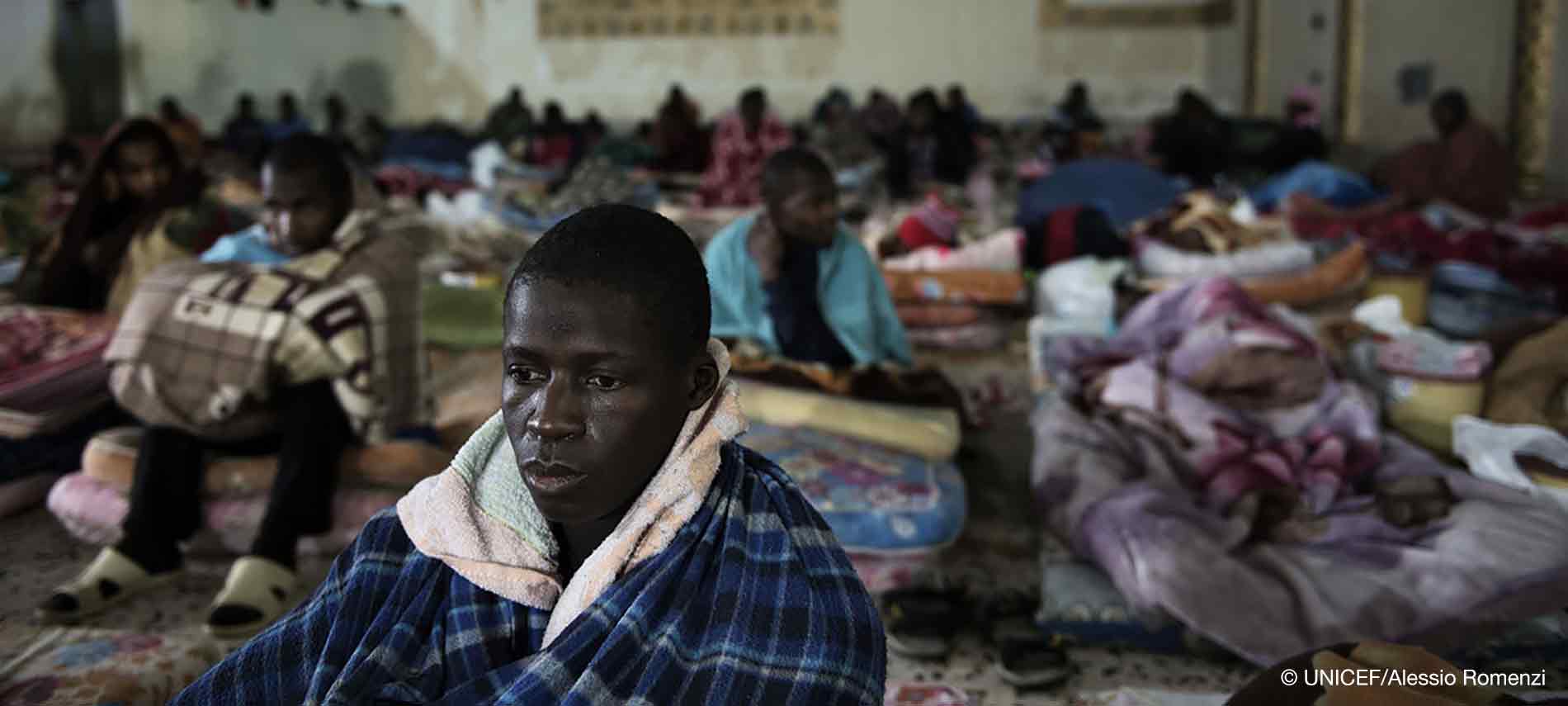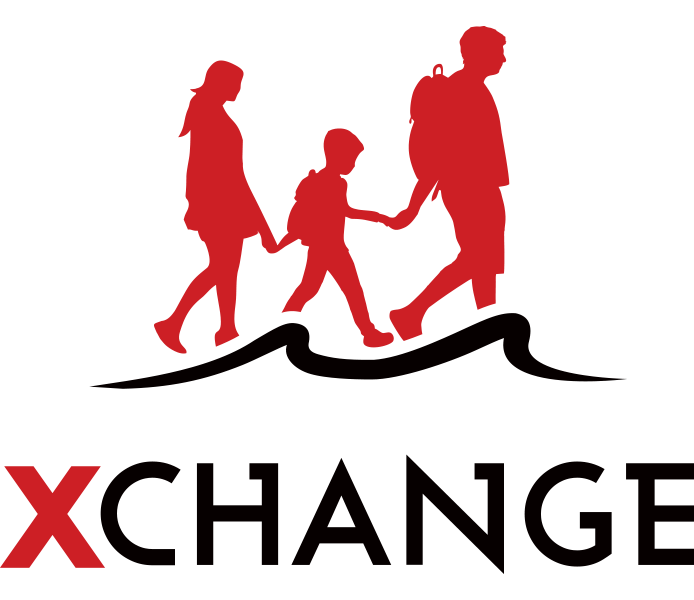COVID-19 AND WAR: HOW THE PANDEMIC UNIQUELY AFFECTS WAR ZONES, WITH A FOCUS ON LIBYA
The recent outbreak of Covid-19 has impacted, in various ways, the entire world and all its communities. Every country has had to deal with a pandemic that has severely affected every sector of society, the economy and our daily lives.
The pandemic has certainly not spared those countries already devastated by the kinds of conflict and war that already endangers people’s lives and forces them to live in desperate conditions. In light of the unique challenges faced by those in conflict zones during this global pandemic, this week we are exploring how COVID-19 may exacerbate pre-existing issues within unstable regions and how such countries could better manage this kind of global emergency.
Sadly, it is clearly evident that, despite the numerous calls for cease-fires by different international actors, the vast majority of ongoing armed conflicts around the world have not experienced relief, but are rather escalating within the context of this current climate. In Idlib (Syria), Kabul (Afghanistan) and Yemen, attacks and bombings on hospitals, cities and civilians have continued, despite some attempts at peace brokering and the implementation of ‘safe-zones’.
Instead, Covid-19 has only compounded issues for civilians living within, or adjacent to, such conflict areas as measures adopted elsewhere to promote public safety (such as lockdowns, limiting service provision, closing borders, social distancing and increased hygiene measures) become all the more challenging when seen in the context of conflict. In areas where access to services is already limited, moving armed conflict required flexibility and quick movement to stay safe, where public services (such as health and sanitation) are limited or non-functional or where there’s a reliance on foreign aid or a need to cross borders to flee violence the COVID-19 measures become almost impossible to navigate.
The limitations of health services in these countries are also exposed by the virus, with weak infrastructures, little capacity for testing or treatment and no public awareness network they will likely be inadequate in responding to the pandemic and when attempting to control the spread of the virus.
COVID-19 has also presented new opportunities for those actors who seek to exploit pressure and weakness during conflicts. By taking advantage of the general shift of the focus of the media and resources the pandemic may be utilised as an opportunity to gain power, make strategic advances or exacerbate losses during conflict.
 Covid-19 and the war in Libya
Covid-19 and the war in Libya
Libya is an example of a country balancing the additional challenges of COVID with an ongoing civil war. As of May 25th, the country registered a total of 75 confirmed cases and 3 deaths from the novel coronavirus, although it is very likely that these numbers do not show the real picture, as the devastation of the war impedes appropriate assessment and management of the emergency, one of the main reasons why Libya is considered among the countries at high risk from Covid-19.
Since 2011, civil war has devastated the country with a significant escalation in the conflict over the past year, following military commander Khalifa Haftar’s launch of his offensive on Tripoli. The country is now divided between the two factions fighting: in Tripoli, the Government of National Accord (GNA) of Fayez Al-Sarraj, recognised by the UN and backed by Turkey, and the Libyan National Army (LNA) of Haftar in the West, supported by United Arab Emirates, Egypt and Russia.
The two sides have maintained a constant offensive against one another, bombing and invading different cities in an attempt to gain control. These attacks have not subsided during the outbreak of the virus, despite the various cease-fires called for by different international actors. The Berlin Conference held in January gathered all actors involved in the Libyan conflict to try to establish an end to the conflict however, little progress was made . The international community also tried to call for a truce, with the global cease-fire called by the UN Secretary-General António Guterres on March 23rd, to stop all the ongoing conflicts and “focus together on the true fight of our lives”. However, the parties involved agreed to a limited easement of the violence, rather than concrete and sustainable steps needed to move towards a definite end to the conflict. In fact, a Ramadan truce proposed by the LNA but was rejected by the GNA following a declaration by Haftar that he had seceded to ruler of all Libya during the month of April.
The fragmentation of Libya means that the response by local governments to the COVID-19 crisis has also lacked consistency, with different entities implementing different pre-emptive measures. The government in Tripoli has tried to direct Covid-19 budgets toward municipalities to allow them to directly deal with the issue, imposing restrictions and lockdowns. In the East, Haftar has opted for a military-style management of the crisis, nominating a Supreme Committee for the emergency led by a military general, with control of the information and imposition of curfews.
Risks and consequences for the most vulnerable
The underlying risks associated with life in conflict, exacerbated by the pandemic, threaten to create insurmountable challenges for the communities they effect. Lockdowns become dangerous when paired with increased exposure to violence when homes are located in targeted zones. The already overwhelmed medical systems are not prepared for the additional onslaught of the effects of the virus. The characteristic economic instability of families living in conflict leaves them vulnerable to the global depression sure to follow this crisis. On and on it goes with the vulnerable and marginalized bracing themselves to bare the brunt of the impact once COVID-19 hits their communities.
A particularly vulnerable group in Libya are the approximately 700,000 migrants and refugees hosted in the country. Their suffering is worsened by Covid-19 pre-emptive measures, as many of them are held in detention centres or often have no housing and inadequate access to sanitation and healthcare facilities. This current situation exposes an already fragile population to further risks and demonstrates the immediate need to include protective measures for refugees and migrants who are otherwise left behind by conflict and pandemic. With intensified fighting and lockdowns, more individuals are seeking refuge by sea, to escape the difficult situation in Libya. This is an added danger as the route has now become even more dangerous, with closed ports and the absence of SAR NGOs in the region.
The impact this ‘double threat’ will leave communities devastated in the wake of this pandemic and threatens to undo years of slow progress made by national and international stakeholders working toward resolving conflicts and rehabilitating communities.
Conclusions
Many pundits in Europe and North America have been using the concept of war or conflict as a metaphor for the threat of Coronavirus and the measures being implemented to manage it. However, the comparison is clearly inappropriate as it fails to take into account the compounding challenges and pre-existing vulnerabilities of communities in crisis, and undervalues the impact on privilege on long-term effects. Although the virus may be seen as a leveller, with an ability to affect vulnerable persons regardless of race, status, religion or nationality, it is clear that already vulnerable communities will be less able to manage and mitigate during the crisis and less resilient when it comes to long-term recovery.
Global conflicts motivate forced migration, destroy the lives of civilians, undermine relief efforts and devastate the vulnerable. It is essential, not just during this pandemic but beyond, that conflict resolution and global peace remain at the top of the international agenda and a focus for stakeholders at all times.



